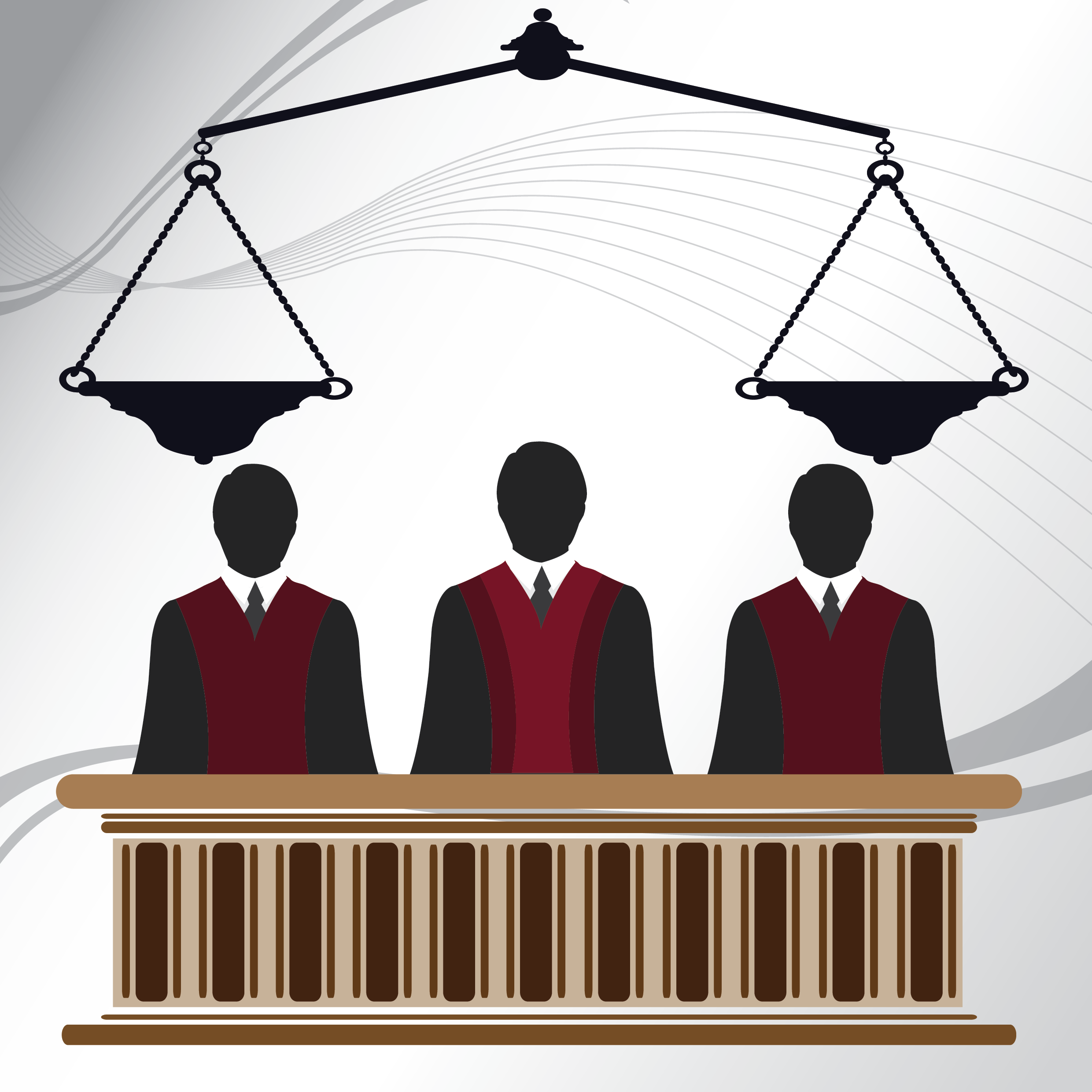The Tenth Amendment to the US. A deep dive into the Tenth Amendment which states that The powers not delegated to the United States by the Constitution nor prohibited by it to the States are reserved to the States respectively or to the people In this video Kim discusses the Tenth Amendment with scholars Randy Barnett and Robert Schapiro.
 Tenth Amendment Facts Bill Of Rights Cool Kid Facts
Tenth Amendment Facts Bill Of Rights Cool Kid Facts
The amendment says that the federal government has only those powers specifically granted by the Constitution.

What is the tenth amendment in simple terms. The 10th Amendment says that any power or right not specifically listed in the Constitution as belonging to the federal government belongs to individual states or the American people themselves. Tenth Amendment amendment 1791 to the Constitution of the United States part of the Bill of Rights providing the powers reserved to the states. The Tenth Amendment was included in the Bill of Rights to further define the balance of power between the federal government and the states.
The Tenth Amendment or Amendment X of the United States Constitution is the section of the Bill of Rights that basically says that any power that is not given to the federal government is given to the people of the states. The Tenth Amendment clearly states that any remaining powers not delegated to the federal government by the Constitution are reserved for the states or for the people. The Tenth Amendment of the Bill of Rights was put into the United States Constitution on September 5 1789 and was voted for by 9 out.
The amendment says that the federal government has only those powers specifically granted by the Constitution. The Tenth Amendments simple languageThe powers not delegated to the United States by the Constitution nor prohibited by it to the States are reserved to the States respectively or to the peopleemphasizes that the inclusion of a bill of rights does not change the fundamental character of the national government. The Tenth Amendment is an addendum to the United States Constitution and exists within the Bill of Rights.
It helps to define the division of power between the federal government and the state. Ratified in 1791 the Tenth Amendment to the Constitution embodies the general principles of Federalism in a republican form of government. The powers not delegated to the United States by the Constitution nor prohibited by it to the States are reserved to the States respectively or to the people.
The 3rd Amendment is least commonly debated but sets important boundaries between the United States go. THE Bill of Rights is comprised of the first ten amendments to the United States Constitution. It was added to assure delegates from the various states that the Federal Government would not.
The Tenth Amendment was included in the Bill of Rights to further define the balance of power between the federal government and the states. Its exact language states that The powers not delegated to the United States by the Constitution nor prohibited by it to the States are reserved to the States respectively or to the people. The 10th Amendment is an addendum to the United States Constitution and exists within the Bill of Rights.
The Tenth Amendment was part of the Bill of Rights that was added to the Constitution on December 15 1791. This amendment states that any power not specifically given to the federal government by the Constitution belongs to the States and the people. Its exact language states that The powers not delegated to the United States by the Constitution nor prohibited by it to the States are reserved to the States respectively or to the people.
The 10th Amendment to the US Constitution and the principle of federalism explained. Tenth Amendment The Tenth Amendment helps to define the concept of federalism the relationship between Federal and state governments. The 10th Amendment is the final amendment in the United States Constitutions original Bill of Rights.
Continuing the Constitution for Dummies Series with the Bill of Rights a.
